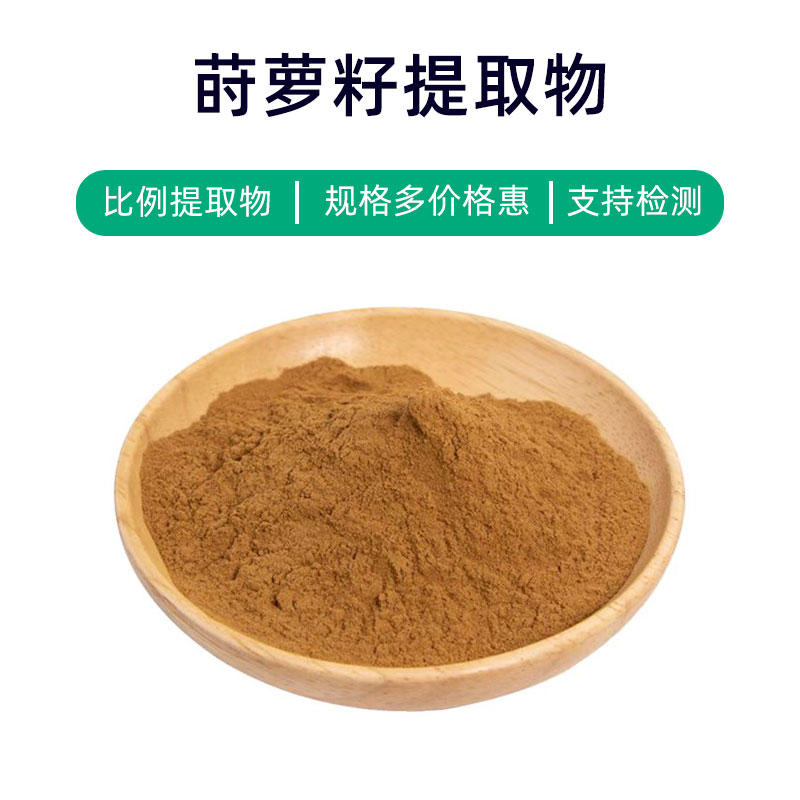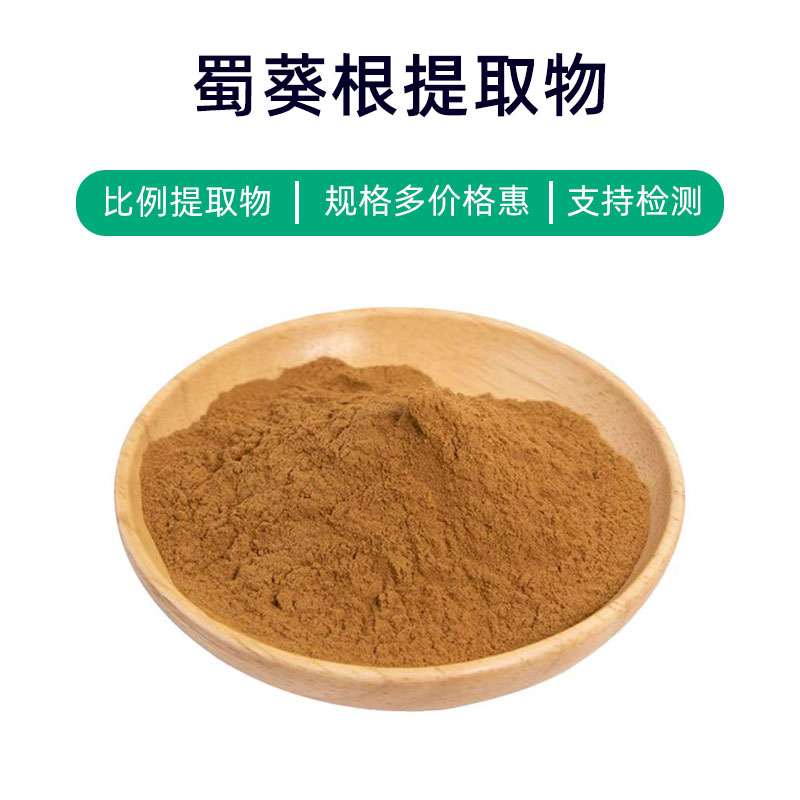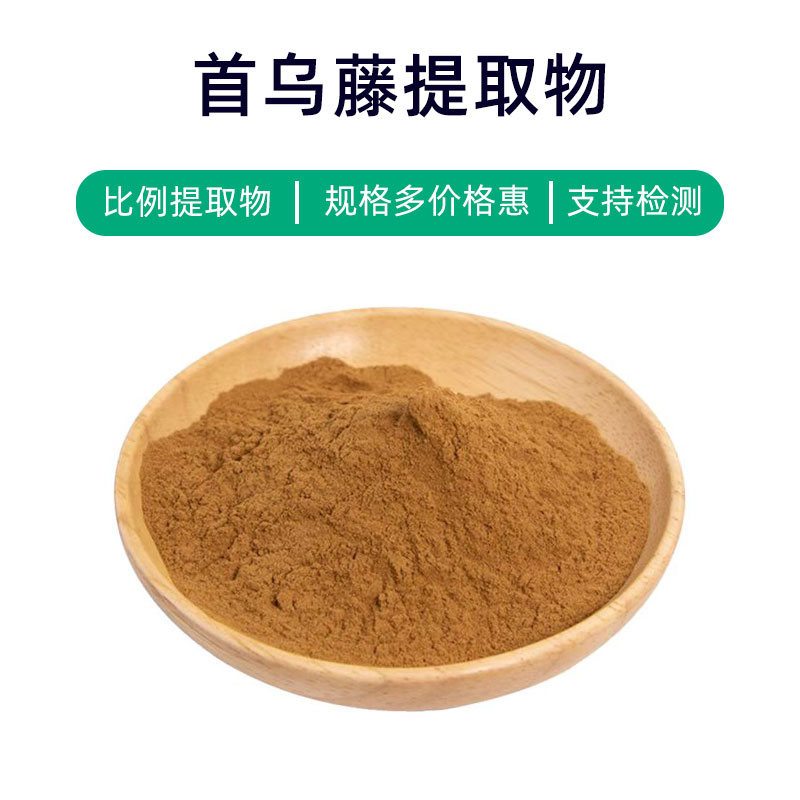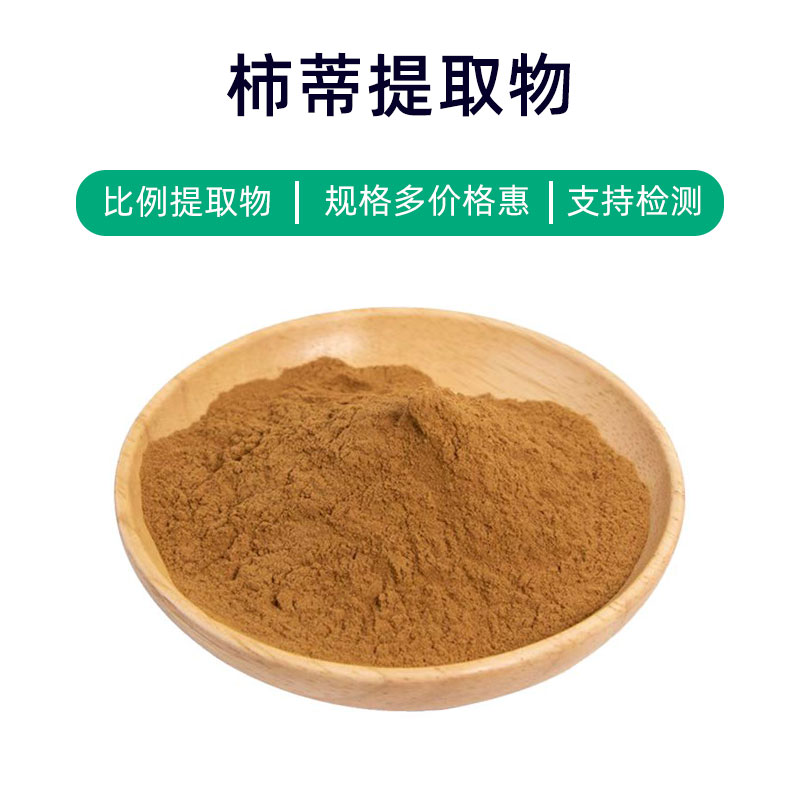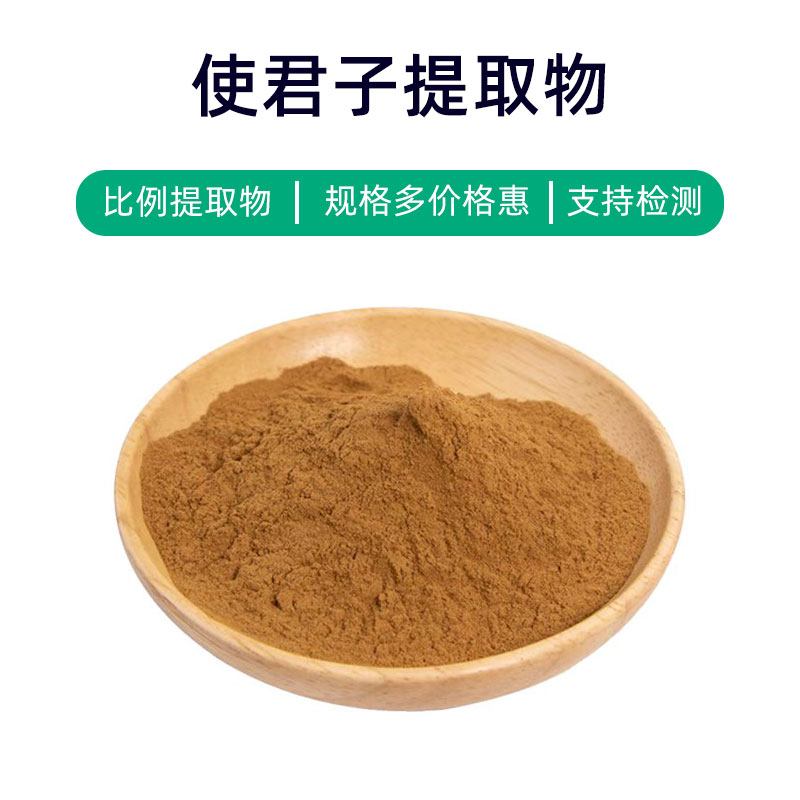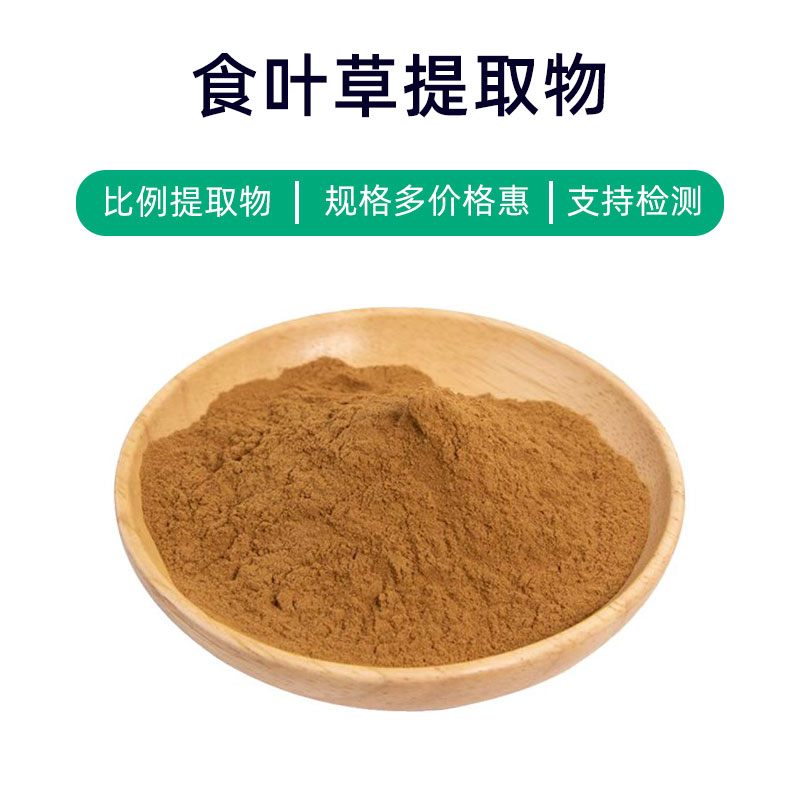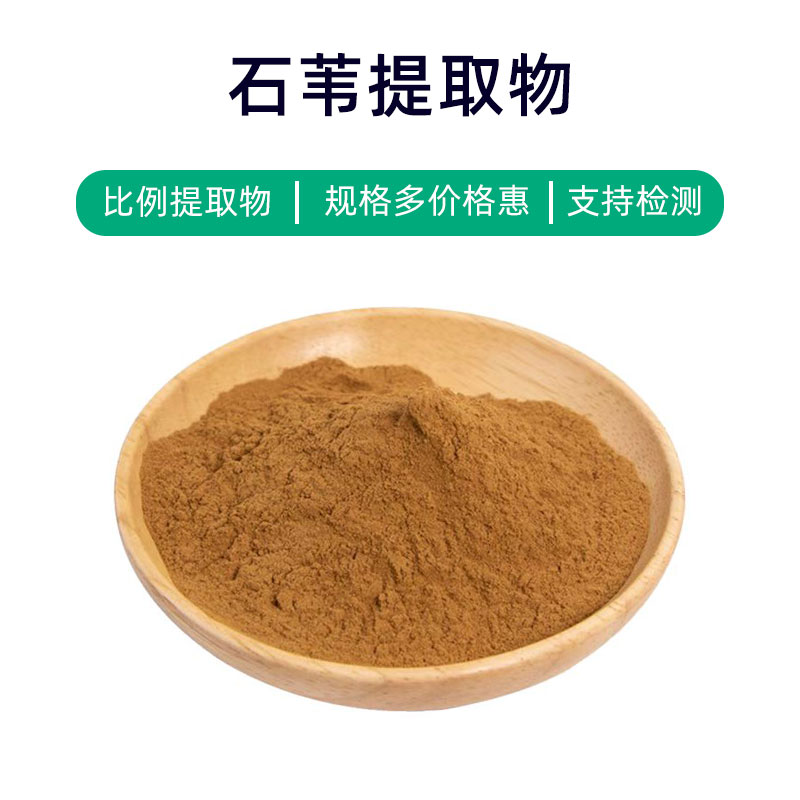Dill Seed Extract Product Introduction
Dill seed extract is a natural plant extract derived from the mature seeds of the dill plant. Its main components include volatile oils, flavonoids, and phenolic compounds, which provide various effects and applications.
Firstly, dill seed extract has antioxidant properties that help neutralize free radicals, slow down cellular oxidation, and delay aging. Secondly, it exhibits antibacterial and anti-inflammatory effects, aiding in the prevention and alleviation of infectious diseases and inflammatory responses. Additionally, dill seed extract has been found to possess calming effects, which can help reduce anxiety and improve sleep quality.
In terms of applications, dill seed extract is commonly used in health supplements, pharmaceuticals, and cosmetics. In health supplements, it can serve as a natural antioxidant and antibacterial agent to enhance immune function and improve health. In pharmaceuticals, it can be used to formulate antibacterial and anti-inflammatory drugs to treat infectious and inflammation-related diseases. In cosmetics, dill seed extract is often found in skincare products for its antioxidant and calming properties, helping to improve skin quality and soothe discomfort.
Overall, as a natural plant extract, dill seed extract has various benefits and a broad range of applications, playing an important role in health, pharmaceuticals, and cosmetics.
Dill Seed Extract Production Process
The production process of dill seed extract typically includes the following steps:
- Raw Material Preparation: Select mature dill seeds as the extraction material, wash and clean to ensure quality and purity.
- Crushing and Grinding: Crush or grind the cleaned dill seeds to increase their surface area, facilitating the extraction process.
- Solvent Extraction: Mix the crushed dill seeds with an appropriate solvent (e.g., ethanol or water) for the extraction process. The solvent effectively extracts the active components from the dill seeds.
- Filtration and Separation: After soaking for a specific time, filter the extract using filter paper or mesh to separate the solid residues from the solvent.
- Concentration of Extract: Concentrate the filtered extract, typically using evaporation or low-temperature concentration methods to reduce solvent content and increase the concentration of active ingredients.
- Cooling and Crystallization: Cool the concentrated extract, promoting the crystallization of active components.
- Separation and Drying: Separate the crystalline sediment from the solvent and dry the extract to remove residual solvent and moisture, resulting in a dry dill seed extract.
- Packaging and Storage: Package the dried extract in sealed containers to avoid direct sunlight and moisture, ensuring the stability and quality of the extract.
This is a typical production process for dill seed extract, where each step requires strict control of operational conditions and parameters to ensure the final product's quality and purity.
Dill Seed Extract Effects and Side Effects
As a natural plant extract, dill seed extract demonstrates significant effects in several areas, including:
- Antioxidant Effects: Dill seed extract is rich in various antioxidants like flavonoids and phenolic compounds, which can neutralize free radicals, reduce oxidative damage, protect cells from oxidative stress, and delay aging.
- Anti-inflammatory Effects: Studies show that certain components in dill seed extract exhibit notable anti-inflammatory properties, inhibiting the release of inflammatory mediators and alleviating inflammatory responses, providing supportive treatment for inflammatory diseases.
- Blood Sugar Reduction: Some studies indicate that active components in dill seed extract can lower blood sugar levels by promoting insulin secretion and utilization, helping manage diabetes.
- Blood Lipid Reduction: Certain compounds in dill seed extract have been found to regulate blood lipids, reducing serum triglycerides and cholesterol levels, aiding in the prevention and treatment of hyperlipidemia.
- Antibacterial Effects: Research shows that dill seed extract has inhibitory effects on various bacteria and fungi, making it useful for preventing and treating skin infections and oral diseases.
- Digestive Function Improvement: Some components of dill seed extract have protective effects on the digestive system, enhancing gastrointestinal motility, increasing digestive fluid secretion, and alleviating symptoms of digestive discomfort.
Dill seed extract is generally considered safe due to its natural origins, but in rare cases, allergic reactions or adverse effects may occur. It is recommended to conduct a skin sensitivity test prior to use, especially for those with allergies or pregnant women, and to follow medical advice when using it.
Dill Seed Extract Application Scenarios and Dosage
Dill seed extract is applied in various contexts within the medical, food, and cosmetic sectors. Below is a focus on its applications and recommended dosages in these three fields:
- Medical Applications:
- Uses: In the medical field, dill seed extract is commonly used to prepare medications or supplements for blood sugar regulation, lipid reduction, antioxidant, and anti-inflammatory effects.
- Dosage: Typically taken orally, with a recommendation of 100-200 mg per day for adults, divided into 2-3 doses. Specific dosages should follow product instructions or medical advice.
- Food Applications:
- Uses: Dill seed extract can be used as a food additive for flavoring, enhancing aroma, and increasing nutritional value.
- Dosage: Usually small amounts are added according to food processing methods and relevant regulations, generally not exceeding 0.1%-0.5% of the total food weight.
- Cosmetic Applications:
- Uses: Dill seed extract is used in skincare and haircare products for its antioxidant, anti-inflammatory, and moisturizing properties.
- Dosage: As one of the active ingredients in cosmetics, the typical addition is between 0.1%-2%, with specific dosages determined by product formulation and intended effects.
In addition to these three areas, dill seed extract can also be utilized in oral care products and health supplements. It is essential to follow product instructions or medical advice for appropriate usage and to avoid excessive or long-term use to prevent adverse effects. For those with sensitive skin, a patch test is recommended to ensure no allergic reaction occurs before use.
Dill Seed Extract Source Plant Introduction, Distribution, and Growth Environment
Dill (scientific name: Anethum graveolens) is an ancient herbaceous plant belonging to the carrot family, known for its fragrant leaves and seeds, which are commonly used as a spice and in medicinal applications. Here’s an overview of the dill plant's introduction, distribution, and growth environment:
- Plant Introduction:
- Dill is an annual herb, characterized by its slender stem and finely divided leaves that emit a pleasant aroma. All parts of the plant can be used for medicinal purposes.
- Dill flowers are white or pale pink, forming umbrella-shaped clusters, with its fruit being dispersive seeds known as dill seeds, elongated in shape, with grooves and a yellow-brown color.
- Distribution:
- Dill is native to the coastal regions of the Mediterranean but is now widely cultivated worldwide, including in Asia, Europe, Africa, and the Americas.
- In China, dill is mainly found in regions south of the Yangtze River, such as South China, East China, and Central China.
- Growth Environment:
- Growing Conditions: Dill prefers a warm and humid climate, with an ideal growth temperature of 15-25 degrees Celsius. It is not highly demanding regarding soil but thrives in loose, well-drained, and fertile soil.
- Planting Methods: Dill is typically sown directly or transplanted from seedlings. The soil should be kept moist post-sowing, avoiding both waterlogging and drought.
- Cultivation Techniques:
- Sowing: Generally done in spring or autumn, with a moderate amount of seeds, about 2-3 kg per mu (approximately 1/15 acre).
- Management During Growth: During growth, timely weeding and soil loosening should be maintained, with soil moisture kept steady. Fertilization can be applied as needed.
- Harvesting and Processing: Dill seeds are harvested when the fruit is mature, using manual or mechanical methods, followed by drying, cleaning, and further drying processes.
In summary, dill seeds come from the dill plant's fruits, originally native to the Mediterranean, and are now widely distributed across the globe. It thrives in warm and humid climates and grows best in loose, well-drained soil. Proper management during cultivation is essential to ensure the quality and yield of dill seeds.
Dill Seed Extract Processing and Storage
The processing of dill seed extract mainly includes harvesting, drying, and grinding. First, mature dill seeds are harvested, cleaned to remove impurities, and air-dried to an appropriate moisture level, followed by drying to reduce moisture content, and finally mechanically or manually ground to obtain dill seed extract. For storage, dill seed extract should be kept in a cool, dry, and ventilated area, avoiding direct sunlight and humidity to prevent mold growth and quality deterioration. It is best to use sealed containers for storage, with regular checks to maintain cleanliness, ensuring product quality and safety.
Monica Sun is a seasoned expert in the plant extraction industry with over a decade of experience in research and production. She specializes in the extraction and purification of plant active ingredients, focusing on driving innovation in natural product applications. Monica has participated in the development of multiple functional plant extracts, delivering high-value natural raw material solutions for the health food, pharmaceutical, and dietary supplement sectors.

